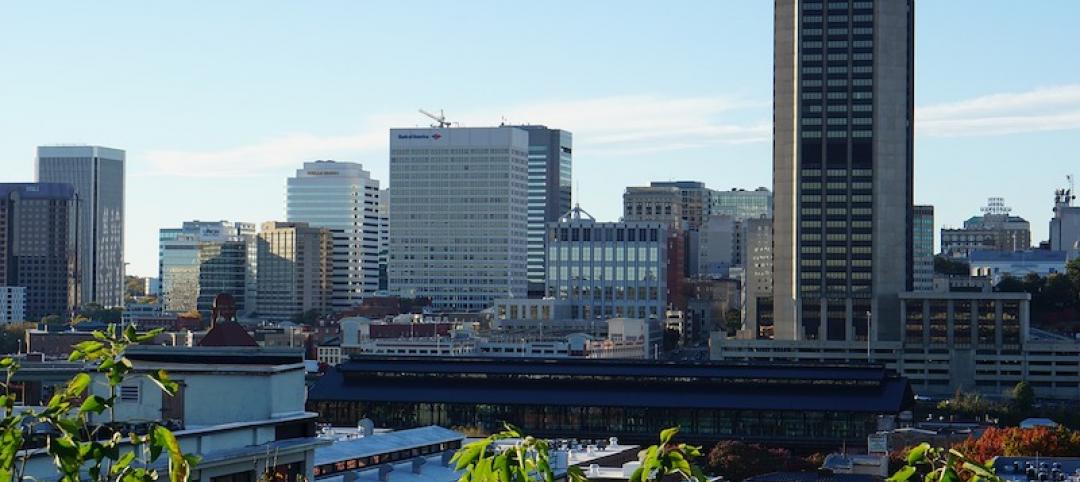The Bullitt Center in Seattle, which some say is the world's "most efficient" office building is not only influencing how other structures are built, it is contributing to revisions of codes and public policy.
The building’s design was made possible by Seattle’s Deep Green Pilot Program that allows builders to deviate from standard codes to build more sustainably. For example, the building was allowed to add two to three feet to the height of each floor to allow more daylighting. Neighbors objected to the additional 10 feet in overall building height, but the program permitted the non-conforming design.
Some of the building’s code deviations have been incorporated into the city code. For instance, the city council and the mayor had to approve changes to the building code to allow permits for “sustainability features.” This move allows the building’s solar canopy to extend all the way to the property line.
Bullitt Foundation, the environmental group that owns the building, recently signed a first-in-the-nation agreement with the local utility that will allow the foundation to sell Seattle City Light the energy it is saving or “negawatts.” The arrangement, known as MEETS (metered energy efficiency transaction structure) could be a pioneer in drawing investment funds to energy-efficiency projects.
Bullitt is also seeking final approvals from the county and state to turn the building into its own water district. That designation would allow tenants to drink rainwater collected on site and treated in the building’s basement.
(http://grist.org/business-technology/how-one-building-is-changing-the-world/)
Related Stories
Codes and Standards | Jun 8, 2020
OSHA construction safety inspections fall 84% during COVID-19 pandemic
Agency focuses on preventing disease transmission in healthcare industry.
Codes and Standards | Jun 8, 2020
5 must reads for the AEC industry today: June 8, 2020
Frank Lloyd Wright sites set to reopen and construction jobs rise by 464,000.
Codes and Standards | Jun 8, 2020
Reopened offices raise liability risk for businesses and owners
Risks may not be covered by property insurance.
Codes and Standards | Jun 4, 2020
American Wood Council updates report on fire resistance of wood members and assemblies
Provides new examples and background on mass timber calculations.
Codes and Standards | Jun 3, 2020
Virginia makes GCs liable for subs employee wages
New law allows workers to sue GCs for wages in class action.
Codes and Standards | Jun 2, 2020
Designers, owners reinventing restaurants to cope with COVID-19
Options include rearranged seating, mobile ordering, designated flow spaces.
Codes and Standards | Jun 1, 2020
How owners should comply with OSHA roofing safety guidelines
Buildings should have fall protection and restraint provisions for those who go on roofs.
Codes and Standards | May 29, 2020
AIA releases new, updated sustainable project documents
Streamlined sustainable design and construction process included.
Codes and Standards | May 28, 2020
USGBC outlines how it will support pandemic recovery efforts
Includes emergency guidance and upgrades to the LEED green building program.
Codes and Standards | May 27, 2020
Office market could be COVID-19 casualty
As companies get used to work at home, post-pandemic office market could collapse.

















